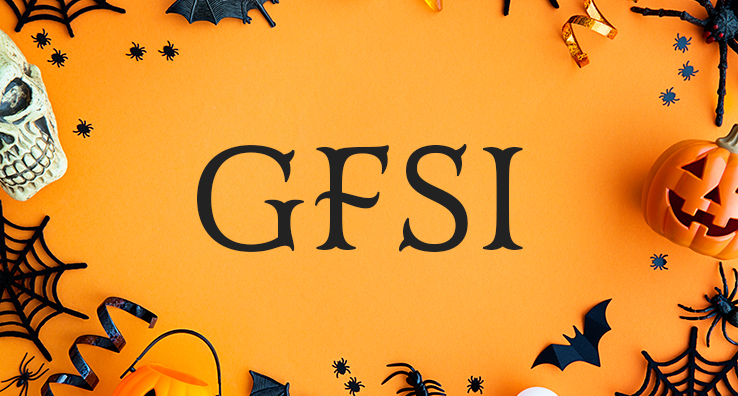Food Fraud: 3 Keys to Your Protection

In central Mexico, where I grew up, one very popular food is goat meat. Goat is generally more expensive than beef. The most popular eatery serving goat in my hometown was recently involved in a big scandal for publicly admitting that the meat they had been selling as goat for years was actually beef.
While this incident never posed a food safety issue, it is a prime example of the fraudulent practice known as substitution, called economically motivated adulteration (EMA) by the FDA. As you may know, the BRC Global Standard for Food Safety Issue 6 first brought food fraud to light after the 2013 horse meat scandal in Europe, but this issue has now risen to regulatory status under FSMA. All facilities now must assess their risk level for EMA according to part 21 CFR 117, subpart C.
As a food safety consultant, I have received many questions from clients and other professionals in the food industry regarding the proper assessment of risk levels for EMA. As with many challenging aspects of today’s food industry, it’s easier said than done. However, there are three clear steps food companies can take to protect themselves from EMA.
Source only from reputable suppliers
If a supplier is located in a country known to substitute their products, then the supplier and its ingredients may have to be identified as high-risk for EMA. Regardless of the supplier’s location, a risk assessment must be completed. Fortunately, there are some helpful tools available to the food industry. One of the most commonly used is the Food Fraud Database 2.0, from US Pharmacopeia (USP), which allows companies to query ingredients and sign up for alerts.
Consider both food safety and quality implications
FDA’s main concern is EMA that results in food safety issues, such as the 2008 case in China of melamine adulteration in baby formula, in which six infants died and more than 50,000 children were hospitalized. However, any processing or manufacturing site certified under BRC must also consider EMA in terms of quality implications. FDA requires facilities to identify potential EMA threats, and it’s important to note that GFSI-recognized schemes other than BRC will also include it as a certification requirement. SQF Edition 8, for example, which is scheduled for release later this year, will include a food fraud requirement for all its certified sites. Additionally, FSSC 22000 version 4, effective as of January 2018, will also require sites to consider food fraud as part of their food safety management system.
Determine control measures
Once the risk assessment has been completed, the site must determine what specific control measures will be required. Appropriate control measures will depend on the risk level determined by the assessment and may include testing (done by the supplier or the receiving facility) and additional measures determined by the site.

Obviously, food fraud must be an important aspect of every site’s food safety management system. Sites should train all relevant personnel regarding food fraud risks. In preparation, facilities will find it beneficial to use a paid-access database or risk-based testing based on historical supplier information.
While I don’t anticipate a return trip to the infamous goat eatery during my next trip home, I certainly hope that every producer of human and pet food products completes a detailed and exhaustive evaluation of their suppliers and the potential risk for EMA.
To learn more about Alchemy, USP, or the Food Fraud Database, please contact Jeff Chilton, Alchemy’s VP of Professional Services, at jeff.chilton@alchemysystems.com.





